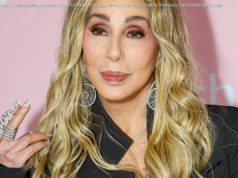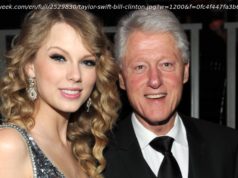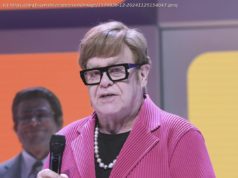The Victoria’s Secret Fashion Show is back and revamped after six years away
Victoria’s Secret has been riddled with glaring issues for years. The long-standing lingerie brand has been publicly scolded for its lack of body inclusivity, for being out of touch with the times and for alleged abusive behavior towards its models.
As the fashion industry grappled with body positivity, transgender rights and the MeToo movement, the Victoria’s Secret Fashion Show was on hiatus for six years. But in recent years, the brand took a step back and seemingly listened to the criticism. Now, Victoria’s Secret has had a revamp.
The brand’s flashiest night came back swinging Tuesday with a show that streamed on Prime Video, featuring musicians like Thai star Lisa opening the gig, South African pop star Tyla, and the timeless Cher taking the stage. The lingerie brand of times past is fighting to stay current to “reflect who we are today », the company said.
Why is the Victoria’s Secret Fashion Show back and what has actually changed? Salon answers all your burning questions about the lingerie brand’s controversies:
Despite the change that is defining the brand now, it has weathered serious controversies within leadership and the culture of the brand, which has seeped into the zeitgeist.
Hulu’s documentary, « Victoria’s Secret: Angels and Demons », highlighted a series of troubling internal woes which included parent company L Brands’ CEO and founder Leslie Wexner’s close relationship with sex offender Jeffrey Epstein. Epstein became Wexner’s primary financial adviser. Epstein was even granted Wexner’s power of attorney over all his financial and legal matters.
This led to the alleged exploitation of Wexner’s properties and wealth so Epstein could abuse young girls. He would pretend to be a Victoria’s Secret recruiter to lure young models. Wexner was notified of his behavior and the documentary stated that no action was taken as the abuse continued for years.
Outside of the legal stickiness of the Epstein case, the brand’s lack of inclusiveness with transgender and plus-size models was an alarming issue for customers and fashion show viewers. In an interview with Vogue in 2018, former Chief Marketing Officer and architect of the Victoria’s Secret Fashion show Ed Razek said, « If you’re asking if we’ve considered putting a transgender model in the show or looked at putting a plus-size model in the show, we have.






